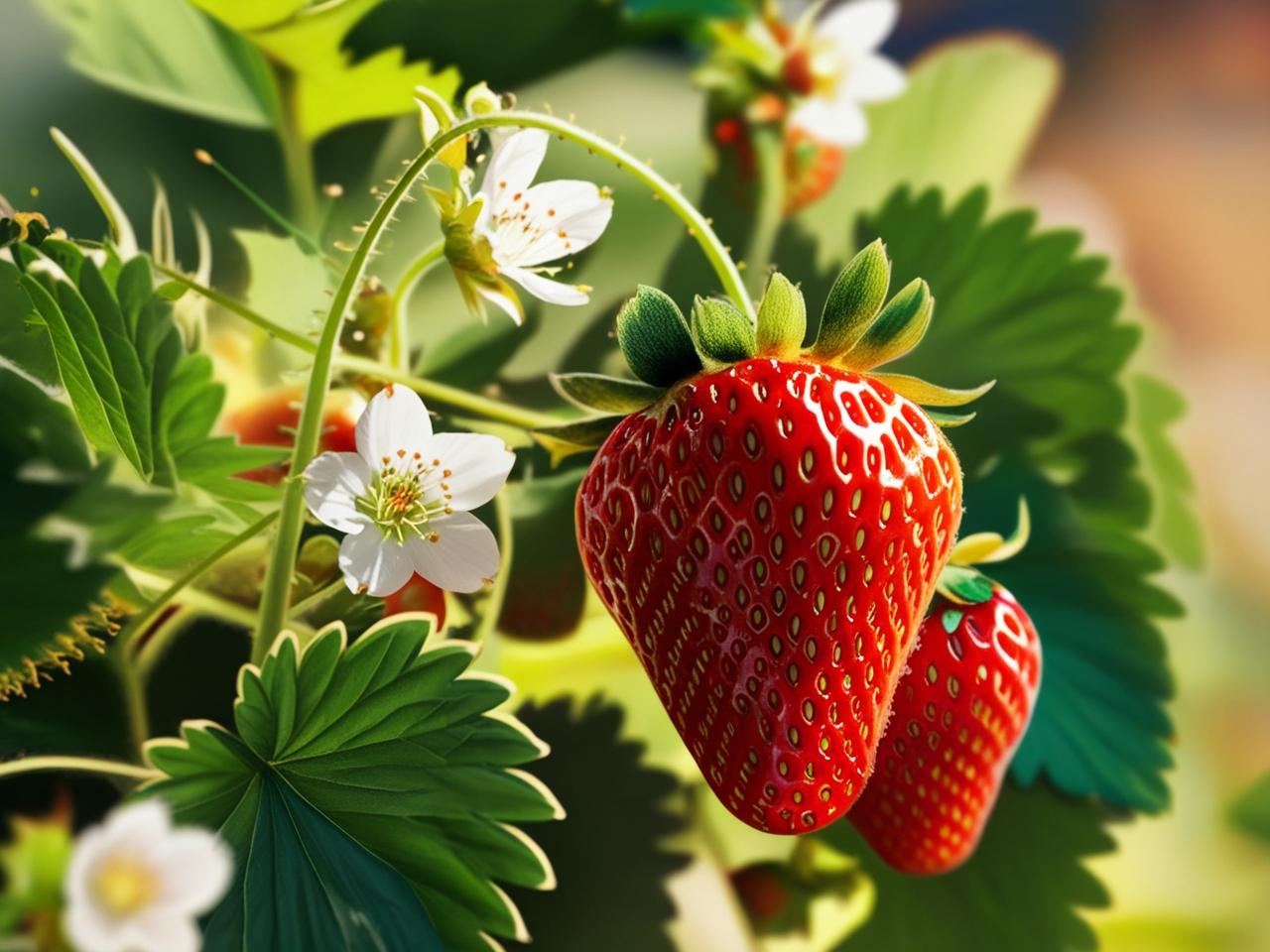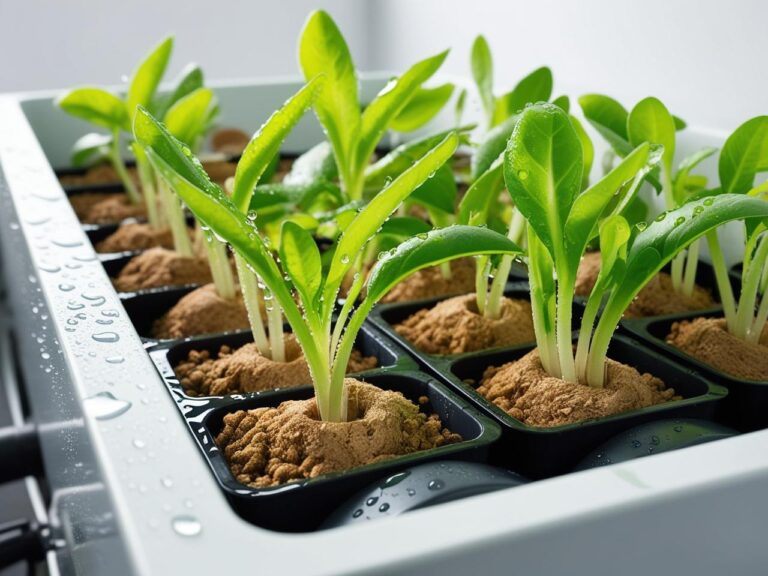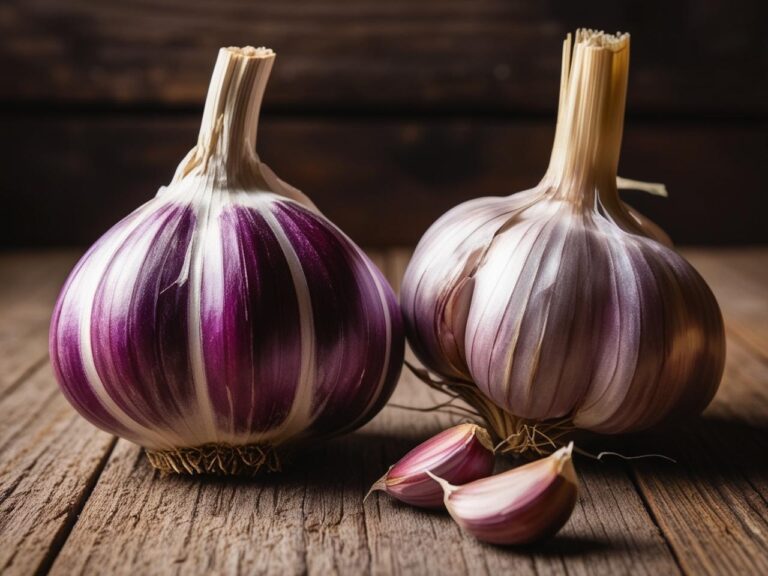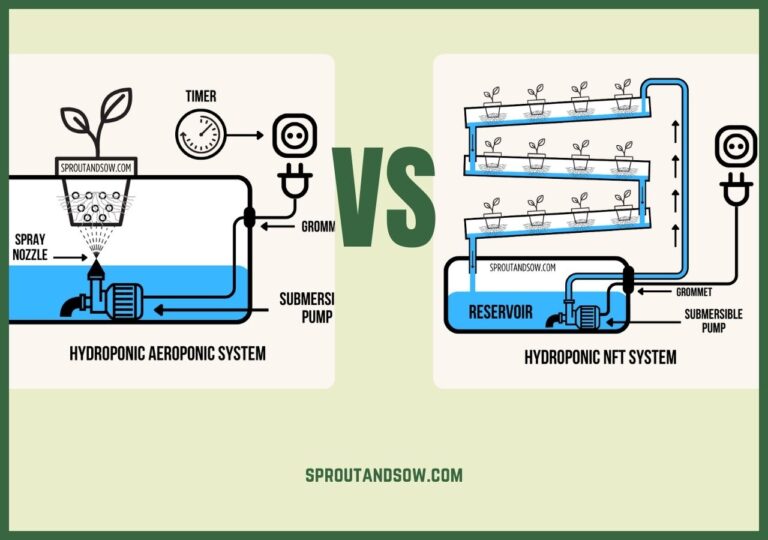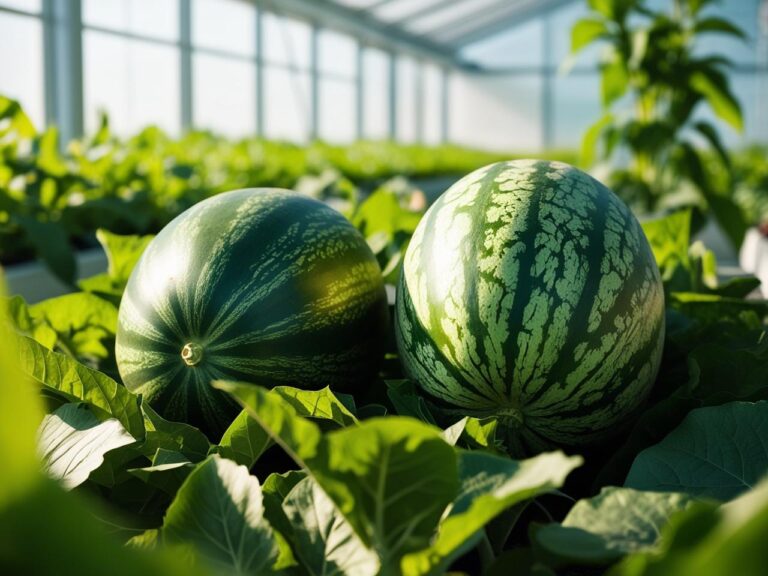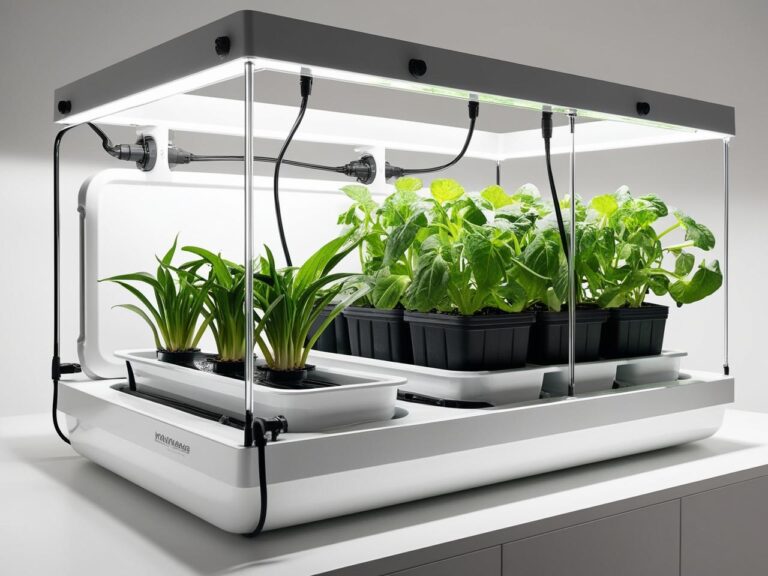The Best Way to Grow Strawberries Hydroponically: A Complete Guide
Hydroponics has revolutionized the way gardeners grow fruits and vegetables, offering a highly controlled, soil-free environment perfect for producing strawberries year-round. By following these steps, you can achieve a continuous supply of fresh, delicious strawberries that are free from soil-borne pests and diseases.
1. Choosing the Right Hydroponic System
Selecting the appropriate hydroponic system for strawberries is crucial for success. Here are the most effective systems:
- Nutrient Film Technique (NFT): Ideal for strawberries due to their shallow root system. This method involves a thin film of nutrient solution that flows over the roots, ensuring they receive optimal nutrients without being submerged.
- Drip Systems: Perfect for vertical or tiered setups, drip systems provide nutrients directly to the roots, making them suitable for maximizing space in small areas.
- Ebb and Flow (Flood and Drain): This method periodically floods the root zone with nutrient solution before draining, making it well-suited for smaller-scale hydroponic strawberry gardens.
Related: Hydroponics Systems Explained: A Beginner’s Guide
2. Selecting the Best Strawberry Varieties
For hydroponic cultivation, choosing the right variety can make a significant difference:
- Day-neutral Varieties:
- Seascape: This is a day-neutral variety, meaning it produces fruit consistently throughout the year. This characteristic makes it particularly well-suited for hydroponic systems, which can provide a controlled environment for year-round production.
- Albion: This is another day-neutral variety that is suggested for hydroponic cultivation. Like Seascape, Albion’s consistent fruiting pattern makes it a good choice for maximizing yields in a hydroponic setup.
- Everbearing Varieties: These plants yield multiple harvests per season and are adaptable to controlled indoor environments.
3. Creating Optimal Growing Conditions
Maintaining the right environment is key to healthy, productive strawberry plants:
- Temperature: Keep the temperature between 60-80°F (15-27°C). Strawberries thrive in moderate warmth.
- Humidity: Maintain a relative humidity of around 70% to encourage healthy growth without promoting mold.
- Lighting: Provide full-spectrum LED lights for 12-16 hours a day. Adequate lighting ensures robust fruiting and strong plant development.
- pH Levels: Maintain the nutrient solution’s pH between 5.5-6.0 for efficient nutrient uptake.
4. Preparing the Nutrient Solution
Strawberries require a balanced hydroponic nutrient mix:
- Ensure the solution has enough potassium and phosphorus to promote healthy flowering and fruiting.
- Monitor the electrical conductivity (EC) levels, aiming for a range of 1.2-2.0 mS/cm.
Related: Understanding Hydroponic pH Levels and How to Manage Them
5. Planting and Maintenance
Follow these best practices to ensure your strawberries grow well:
- Start with Quality Seedlings or Runners: This reduces the time to first harvest and ensures uniform growth.
- Spacing: Leave 8-12 inches between plants for good airflow and light exposure.
- Pollination: Indoors, strawberries may require hand pollination using a soft brush or gentle shaking of flowers to stimulate pollination.
- Pruning: Regularly trim runners that appear. This encourages the plant to focus energy on producing fruit instead of new plantlets.
6. Controlling Pests and Diseases
Hydroponic strawberries are less susceptible to soil-borne diseases but can still attract pests:
- Common Pests: Watch for aphids and spider mites. Integrated pest management (IPM) strategies, such as introducing beneficial insects, can be effective.
- Good Airflow: Ensures healthy growth and prevents fungal diseases like powdery mildew.
7. Harvesting Tips
Proper harvesting practices can help maximize your yield:
- Timing: Pick strawberries when they are fully red and ripe. Regular harvesting promotes the growth of new fruits.
- Technique: Cut the stem above the berry to avoid damaging the plant.
Related: How Aeroponic Towers Work
8. Benefits of Growing Strawberries Hydroponically
- Year-Round Production: Hydroponics allows for controlled environments, making it possible to grow strawberries throughout the year, regardless of the season. This means a continuous supply of fresh strawberries.
- Freedom From Soil-Borne Issues: Cultivating strawberries in a soil-free environment eliminates the risk of soil-borne pests and diseases.
- Optimized Nutrient Delivery: Hydroponic systems provide a direct and controlled delivery of nutrients to the roots, ensuring the plants receive the optimal balance for growth and fruit production.
- Space Efficiency: Systems like drip systems are particularly suitable for vertical or tiered setups, maximizing space utilization, which is especially beneficial in smaller growing areas.
- Water Conservation: Hydroponic systems typically use less water compared to traditional soil-based gardening because the water is recirculated and reused.
- Faster Growth and Higher Yields: By providing ideal growing conditions and precise nutrient management, hydroponics can lead to faster plant growth and potentially higher strawberry yields.
Conclusion
Growing strawberries hydroponically offers a fantastic way to enjoy fresh, sweet fruit all year long. By selecting the right system, maintaining optimal growing conditions, and taking care of your plants through attentive maintenance, you’ll be rewarded with a bountiful harvest of delicious strawberries. Happy Gardening!

